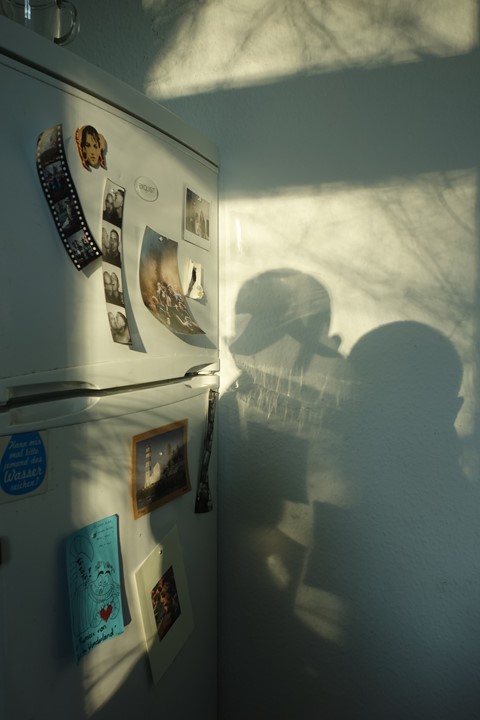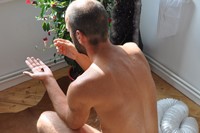London’s Cell Project Space has launched Queer Correspondence, a mail-art initiative to connect queer writers, artists and photographers. Here, five of its participants tell us more
This article is published as part of our #CultureIsNotCancelled campaign:
We are now entering a period of uncertainty: despite what endless think pieces, ‘expert’ analysis and prophesying internet chatter may say, it’s impossible to know what comes next. Which leaves us at an impasse: will the centre hold or, with newfound resolve and imagination, can our broken systems be re-thought anew?
It is within this context that Cell Project Space – an independent, not-for-profit gallery in Cambridge Heath, London – launches its latest project, Queer Correspondence. Described by the organisers as “a mail-art initiative that seeks to nurture the indeterminate spaces of possibility that are put forward by subcultural lives”, participating writers, artists, photographers, filmmakers, people working across multiple disciplines will become “pen pals”, engaging in conversations with one another via writing, poetry, photography and other 2D forms (some participants will work solo, communing with themselves, nature, or speaking towards ‘haunting absences’). The uniting factor is that each is living “in a queer time and space”, a phrase borrowed from the title of Jack Halberstam’s seminal book on queer temporality and the transgender body.
“I came up with Queer Correspondence with the hope that it would help us sit and attend to the unease [of isolation] in a way that it could be nurturing,” says Eliel Jones, the associate curator of Cell Project Space, who organised the project with the use of emergency funding from Arts Council England after the decision to close the physical space was made in March. “The project departs from a place of knowing that we, queers, have already lived – and continue to live – in strange times and strange places ... The conditions of the pandemic are, only now, making known for many what for others has been their daily reality.” The project will be published monthly until December, distributed in runs of 500 copies to Cell Project Space’s subscribers and households in the local Tower Hamlets Community. Dependent on funding, more copies will become available for those who register interest across the EU and worldwide.
As part of our #CultureIsNotCancelled campaign, five participants of Queer Correspondence speak on the project, the challenges of creating during a pandemic, and how the indeterminacy of queerness can help us imagine new worlds.
Alex Margo Arden and Caspar Heinemann
“We were asked to participate in the Queer Correspondences project off the back of our recent show at Cell Project Space, THE FARMYARD IS NOT A VIOLENT PLACE AND I LOOK EXACTLY LIKE JUDY GARLAND, a two-person play in which our T4T friendship was central. As a community of two, we miss gay bars and each other and can’t wait to get back to drinking J2O at Halfway II Heaven on a Tuesday night. However, the abstract imagining of an extended queer community feels less important than surrounding ourselves with interesting people, which of course mostly means gay people, but not exclusively.
“Also important has been accessing a cultural life that is relevant to us as queer people. Luckily, gay culture has historically been all about finding gayness in things that weren’t intended to be, a practice that really comes into its own in a pandemic where physical access to explicitly gay culture is limited.
“Maintaining these styles and practices of queer communication – as a friend observed, a style of communication that is somewhat hampered by hetero technologies that assume only one person will be speaking at a time – is necessary for us to think and work in these times. If a gay tree talks in a forest and nobody talks over it is it still gay? Fortunately, it’s the only way we know how to work and think and the tree is still gay.”
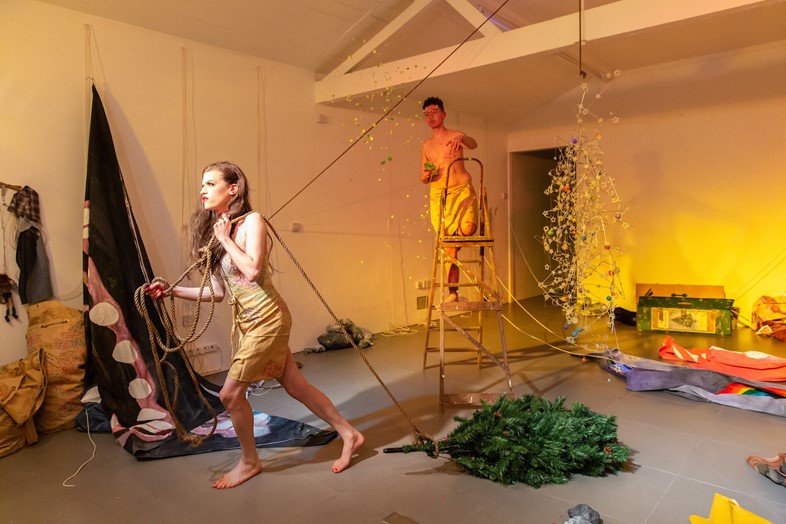
David Lindert
“I had a turmeric latte with Eliel at Stories the day after my poetry reading at Tom of Finland Foundation. Eliel has had my poetry on his mirror for some time. It was a brief but lovely meeting. He said he would include me in a group show later this year and now I’m excited taking part of the Queer Correspondence. My month is December.
“All my life I have dreamed of this world to stop or even to restart. It seemed unreal and right now the unreal seems to be real. I think the worst is yet to come after the virus. I am very scared of the collective trauma. I know I cannot heal masses when I cannot heal myself first so I try to be open with my thoughts and feelings.
“As an unstable person with a substance abuse problem, I must confess I have gone downhill. The quarantine and its endless mornings and evenings without the day itself have been poisonous for the queers like me. If there is something for sure in life, it is that you can always fall deeper and you do not have to make so much effort. I cannot tell about the whole community, but this is what has happened to me. I cannot wait to leave Germany and see my family in the Czech Republic but for that I need a negative Covid-19 test, which I have no idea how to get.
“The first two weeks I felt enchanted with the quarantine. I made a magazine immediately and other PDFs I have not used yet, but then I completely burnt out. Right now I am getting back to life. I participated in 2020Solidarity campaign of Wolfgang Tillmans with my photograph called Soul Scrub.”
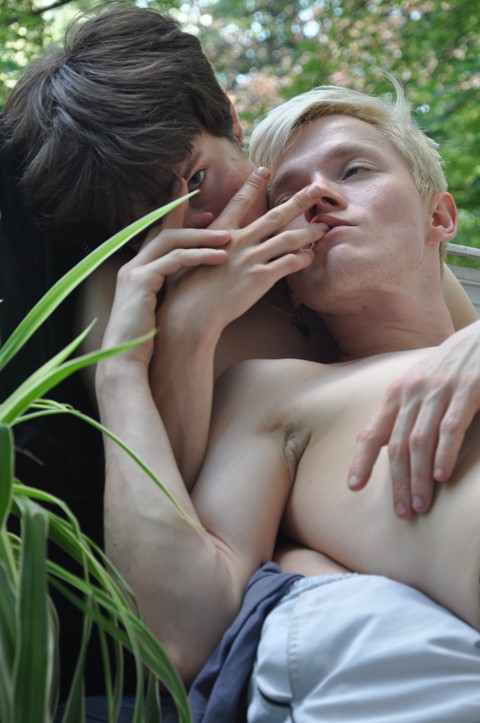
Beatriz Cortez
“To me queerness is about the creation of spaces of non-definition or smooth spaces where predetermined ideas about family, identity, nationalism no longer make any sense. We are reinventing everything as we go, we are embracing uncertainty. Migration is at the heart of this for me. Migration has allowed me the opportunity to build new communities with others who care for my well-being, multiply my creative potential, protect my spaces of solitude, bring me courage, and fill my life with beauty and joy. I think at this moment it is particularly important to think collectively. We are vulnerable to each other and we are in this together. What one person does affects many others. And so, I think becoming collective is important in this context, to contribute to protect others, to care for others. The idea of a queer community for me means collective becoming away from predetermined ideas and identities, in an open way, towards the future.
“To me life is a flow of spaces and communities that we build. I believe that the pandemic has brought isolation and that we need to find ways to be together in spite of the physical separation, to grow collectively, to be there for each other. One of the things that has been difficult for me to realise is that immigrant families and communities really have experienced some level of separation for decades, that we have spent decades trying to reach each other across space, across borders, across different contexts. We have sustained our communities through letters, telegrams, emails, phone calls, and video calls, we have been physically separated from our loved ones for decades. It has been painful to realise that the pandemic has not changed the way we share our lives that much because our communities have been experiencing separation for so many years.”
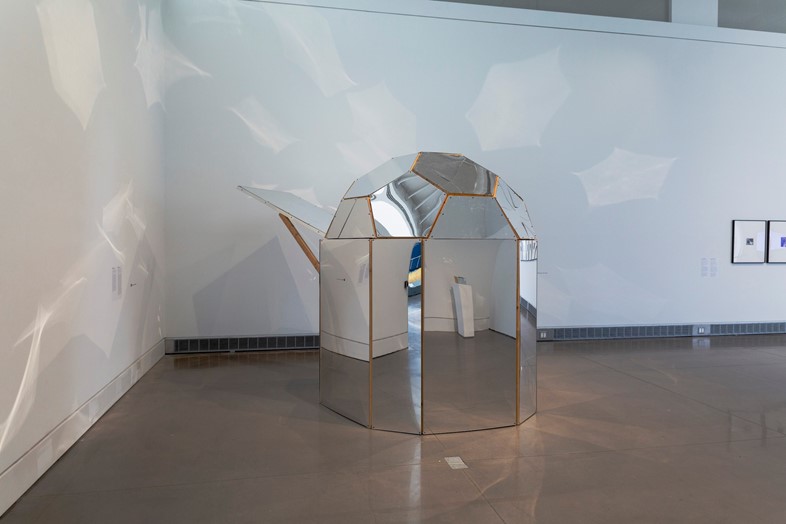
Ezra Green
“I got involved with Cell when Eliel Jones curated an exhibition that was meant to take place in June called In the House of My Love. The exhibition takes its title from a poem that I wrote as a commission for Kem, a queer collective in Warsaw, which is co-organised by a mutual friend, Alexander Baczynski-Jenkins. The queer correspondence project is a brilliant way that Eliel has found to make something happen while things are shut down.
“To my mind, the crisis surrounding the pandemic has not been about facing a common enemy so much as it has been about facing a common unknown and a common indeterminacy – something that shares essential territory with the nature of queerness. When the source of crisis is mistaken for something with a fixed definition, it becomes either a scapegoating situation or a conspiracy theory, so it’s important right now to keep it queer and to understand how to move from a queer stance. That’s why Martin Hansen and I chose uncertainty as our theme for the queer correspondence project – it’s a way to crack the false certainty that permeates almost everything else we read. Where does that future lead if it’s made of nothing but fabricated convictions sent out to collide with each other? Every day, I get the feeling [that I’m] reaching out for something that I always thought would be there but isn’t. Maybe queer community is a way of sharing the reaching out rather than the grasping.
“As I get deeper into that perspective, it does become harder to finish things, but I think it’s necessary to rework the roots of what makes me creative before it’s possible to address the means of being productive. Maybe what helps is a kind of forgiveness – forgiving ourselves and each other right there at the root, forgiving ourselves for failing to know, forgiving our failing structures and learning to value ourselves as indeterminate possibilities instead.”
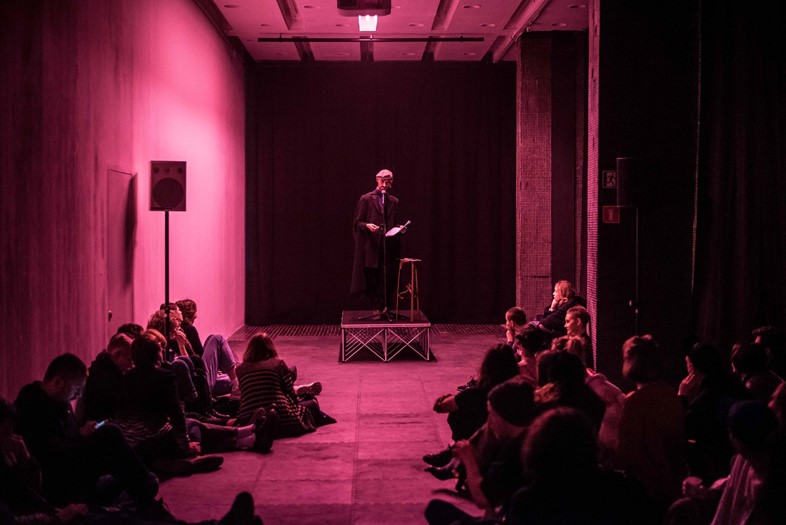
To find out more or subscribe to Queer Correspondence, please visit the Cell Project Space website.
